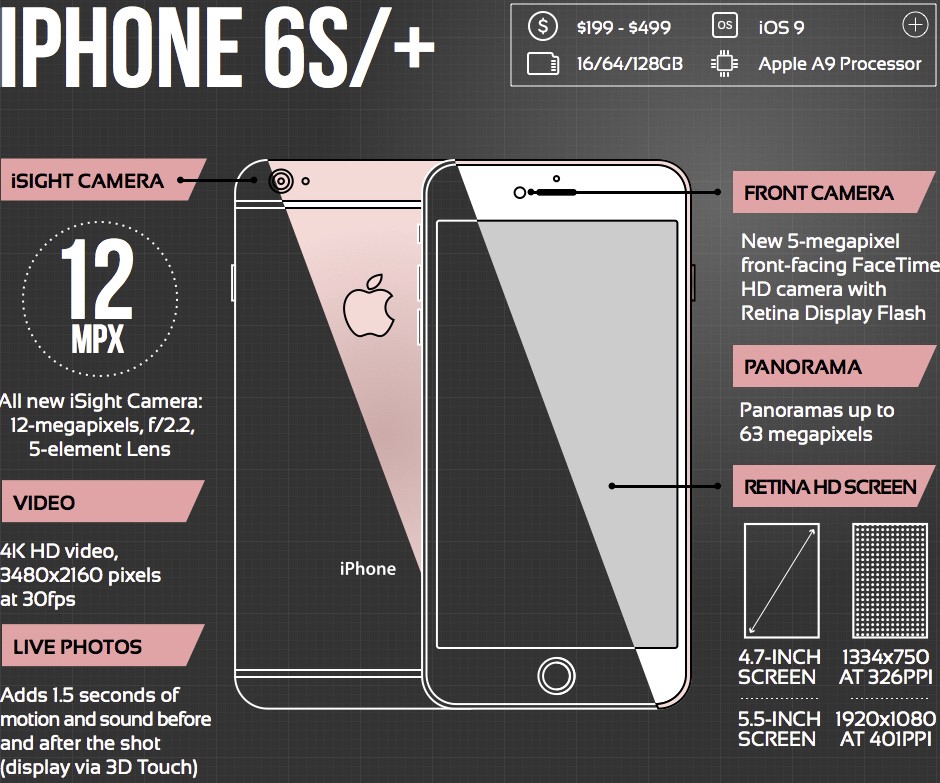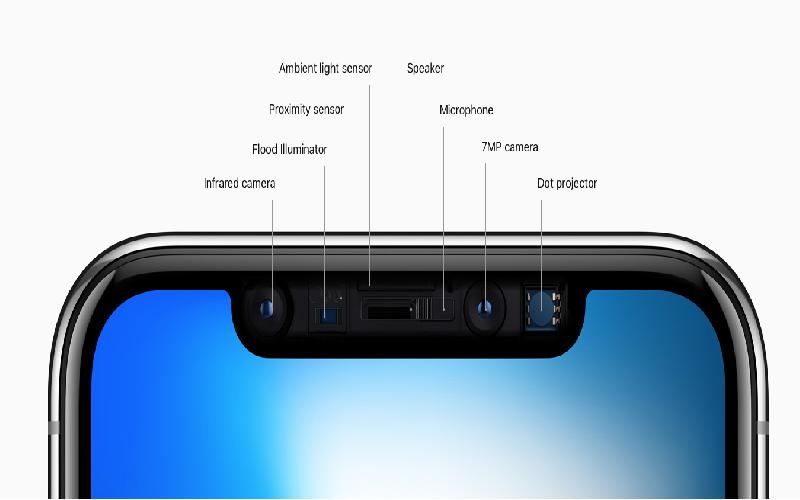The Evolution and Impact of the iPhone’s Front-Facing Camera
Related Articles: The Evolution and Impact of the iPhone’s Front-Facing Camera
Introduction
With enthusiasm, let’s navigate through the intriguing topic related to The Evolution and Impact of the iPhone’s Front-Facing Camera. Let’s weave interesting information and offer fresh perspectives to the readers.
Table of Content
The Evolution and Impact of the iPhone’s Front-Facing Camera
The front-facing camera, an ubiquitous feature on modern smartphones, has become an integral part of our digital lives. For the iPhone, its introduction marked a pivotal moment, transforming the device from a mere communication tool to a platform for self-expression, social connection, and a gateway to a myriad of digital experiences. This article delves into the evolution of the iPhone’s front-facing camera, highlighting its key features, technological advancements, and the profound impact it has had on the way we interact with the world.
From Novelty to Necessity: The Early Days
The first iPhone, released in 2007, lacked a front-facing camera. Its primary function was making phone calls and accessing the internet. However, the burgeoning social media landscape and the rise of video calling platforms quickly highlighted the need for a camera that could capture the user’s perspective.
In 2010, Apple introduced the iPhone 4, featuring a front-facing camera for the first time. This initial iteration was a VGA sensor, capable of capturing still images at 0.3 megapixels. While rudimentary by today’s standards, it enabled basic video calls and the nascent world of selfies.
Technological Advancements: A Journey of Improved Image Quality and Functionality
The iPhone’s front-facing camera has undergone significant technological advancements, driven by a relentless pursuit of higher image quality, wider functionality, and enhanced user experience.
- Resolution and Sensor Size: Over the years, the front-facing camera’s resolution has steadily increased, from the initial VGA sensor to the current 12-megapixel sensors found in the iPhone 14 series. This improvement has resulted in sharper images with more detail and richer color reproduction. The sensor size has also increased, allowing for better light sensitivity, leading to improved performance in low-light conditions.
- Lens Technology: The evolution of lens technology has played a crucial role in enhancing image quality. The introduction of wider aperture lenses has allowed for increased light gathering, leading to brighter images and improved low-light performance. The use of multi-element lenses has further minimized distortion and improved image clarity.
- Image Processing: Apple’s advanced image processing algorithms have dramatically improved the quality of images captured by the front-facing camera. These algorithms leverage machine learning to optimize image details, reduce noise, enhance color accuracy, and create more natural-looking images.
- Depth Sensing: The introduction of depth sensing technologies, such as Face ID and Portrait Mode, has further expanded the capabilities of the front-facing camera. These technologies allow for accurate depth perception, enabling features like background blur, 3D face mapping, and advanced augmented reality experiences.
Beyond Stills: The Rise of Video Capabilities
The iPhone’s front-facing camera has evolved beyond capturing still images. Video recording capabilities have become increasingly sophisticated, enabling users to create high-quality video content for various purposes.
- Video Resolution and Frame Rate: The front-facing camera can now capture video at resolutions up to 4K and frame rates up to 60 frames per second. This improvement allows for smoother, more detailed video recording, ideal for capturing moments in high-quality and creating engaging content for social media and personal use.
- Stabilization: The implementation of optical and digital image stabilization technologies has significantly reduced camera shake, resulting in smoother and more professional-looking videos.
- Advanced Video Features: Features like slow-motion video recording, time-lapse photography, and cinematic video modes have further enriched the video recording capabilities of the front-facing camera, allowing users to express their creativity and capture moments in innovative ways.
The Front-Facing Camera: A Catalyst for Innovation and User Engagement
The iPhone’s front-facing camera has become more than just a tool for capturing self-portraits. Its evolution has fueled innovation in numerous areas, impacting the way we interact with technology and the world around us.
- Social Media and Self-Expression: The front-facing camera has become synonymous with social media, empowering users to share their experiences, connect with friends and family, and express themselves creatively. From selfies and group photos to live streams and video calls, the front-facing camera has revolutionized the way we engage with social platforms.
- Video Conferencing and Remote Collaboration: The pandemic highlighted the importance of video conferencing, and the iPhone’s front-facing camera has become an essential tool for remote work and communication. Its high-quality video and audio capabilities ensure clear and engaging virtual interactions, fostering a sense of connection and collaboration in a remote setting.
- Augmented Reality Experiences: The front-facing camera has become a crucial component in delivering immersive augmented reality (AR) experiences. By overlaying digital content onto the real world, AR applications allow users to interact with virtual objects, try on virtual clothes, and explore virtual environments, all through the lens of their iPhone.
- Facial Recognition and Security: Face ID, Apple’s facial recognition technology, relies heavily on the front-facing camera. By analyzing the unique features of a user’s face, Face ID provides secure access to the iPhone, enhancing user privacy and security.
FAQs: Addressing Common Queries
Q: What are the key features of the iPhone’s front-facing camera?
A: The iPhone’s front-facing camera offers a range of features, including:
- High-resolution image capture: Capturing detailed and sharp images.
- Advanced image processing: Enhancing image quality through noise reduction, color correction, and detail optimization.
- Wide aperture lens: Improving light gathering for brighter images, particularly in low-light conditions.
- Depth sensing: Enabling features like Portrait Mode, Face ID, and AR experiences.
- Video recording capabilities: Capturing high-quality video at various resolutions and frame rates.
- Image stabilization: Reducing camera shake for smoother videos and more stable images.
Q: How does the iPhone’s front-facing camera compare to other smartphones?
A: Apple has consistently ranked among the top smartphone manufacturers in terms of front-facing camera quality. The iPhone’s front-facing cameras are known for their high resolution, excellent image processing, and advanced features like depth sensing and video stabilization. While other smartphone manufacturers offer comparable features, Apple’s implementation and integration into the overall user experience often set it apart.
Q: How can I optimize the performance of the iPhone’s front-facing camera?
A: To maximize the performance of the iPhone’s front-facing camera, consider these tips:
- Clean the lens: Ensure the lens is free of dust, smudges, and fingerprints.
- Use natural lighting: Avoid harsh direct sunlight or overly dim conditions.
- Hold the phone steady: Minimize camera shake for sharper images and smoother videos.
- Utilize the camera app’s features: Explore options like Portrait Mode, HDR, and Night Mode to optimize image quality based on the situation.
- Experiment with different angles and perspectives: Explore different compositions and angles to create visually appealing images and videos.
Conclusion: A Legacy of Innovation and Impact
The iPhone’s front-facing camera has come a long way since its humble beginnings. From its initial role as a tool for basic video calls to its current status as a catalyst for innovation and user engagement, it has played a pivotal role in shaping our digital lives. Its evolution has not only enhanced our ability to capture and share moments but has also fostered new forms of creativity, communication, and interaction with the world around us. As technology continues to advance, the front-facing camera is poised to remain a central component of the iPhone experience, continuing to push the boundaries of what is possible and enriching our lives in ways we are yet to fully imagine.





![Hands-on: iPhone 12 top features [Video] - 9to5Mac](https://9to5mac.com/wp-content/uploads/sites/6/2020/10/iPhone-12-front-facing-camera-Dark-Mode.jpg?quality=82u0026strip=all)

Closure
Thus, we hope this article has provided valuable insights into The Evolution and Impact of the iPhone’s Front-Facing Camera. We hope you find this article informative and beneficial. See you in our next article!
